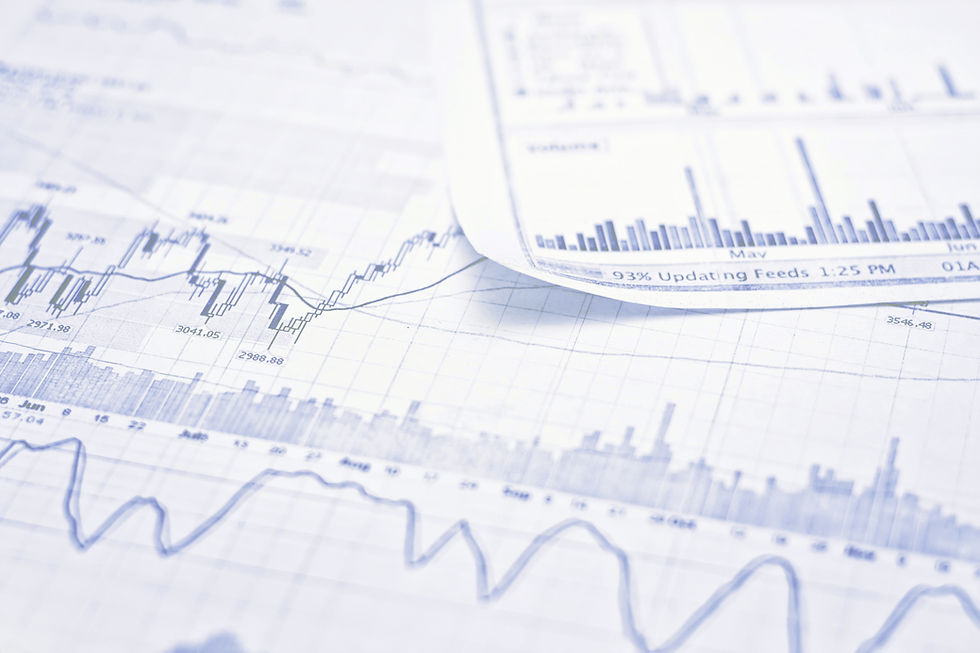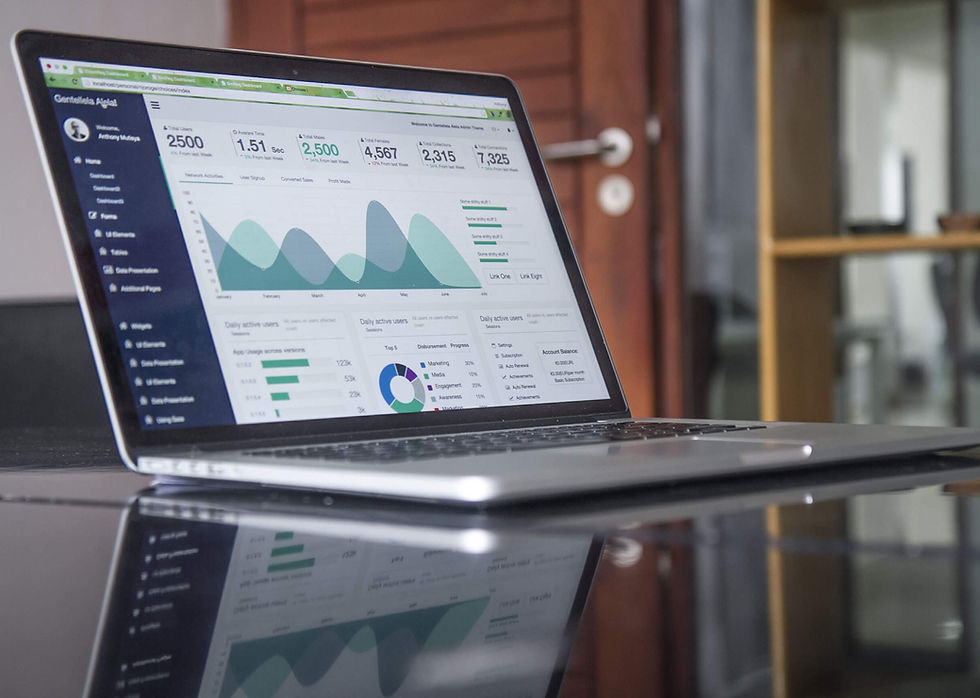Data Science -Data science project lifecycle
- Carla Xavier Lee (CXL)

- May 31, 2019
- 1 min read
Updated: Jun 12, 2023
Using data to get insights into how the business is doing is vital for organizations. A data science project life cycle usually observes the following basic steps from the beginning to the end.

Those steps may vary according to the type of project or company:
The main goal of this stage is to get a clear idea about the project's aims. All the outcomes and the respective data sources are defined, and the stakeholders have to agree.
2. Data understanding

In this phase, consolidation of data sources and cleaning of the data happens. A very time-consuming step where all the issues with the data are identified, and the final dataset, connected to the goals, is generated.
3. Data Analysis

All the possible analyses and models are generated in this phase(where the fun happens!).
4. Visualizations

Connected with data analysis, this is the stage where all the data take different shapes allowing the uncovering of details otherwise not visible.
5. Presentation of findings

The wrap-up stage. Everything is assembled and presented to the stakeholders to support a data-driven decision-making process.
Some of the best theorizing comes after collecting data because then you become aware of another reality -By Robert J. Shiller, Economics Nobel Prize Winner
How are you getting insights from the data that you collect? Do your data science projects use the steps above?





Comments